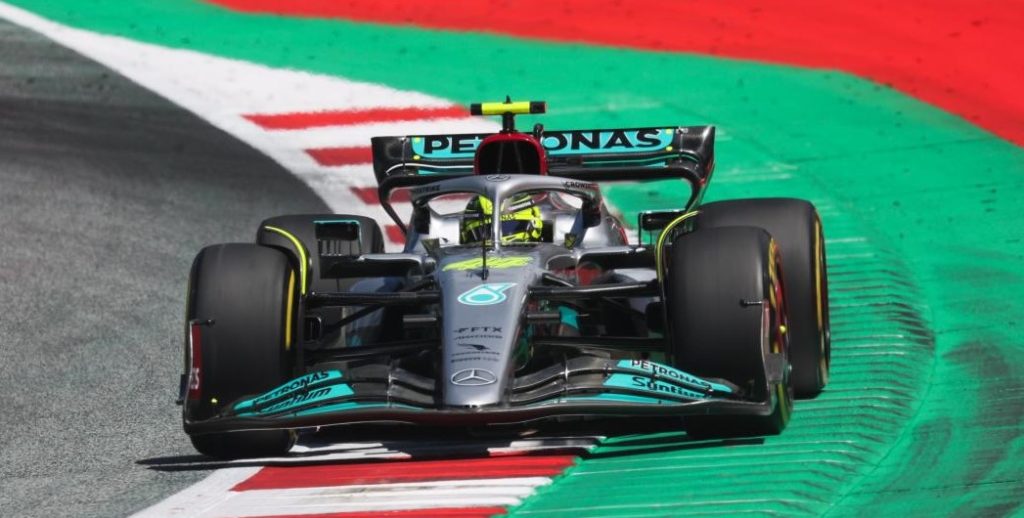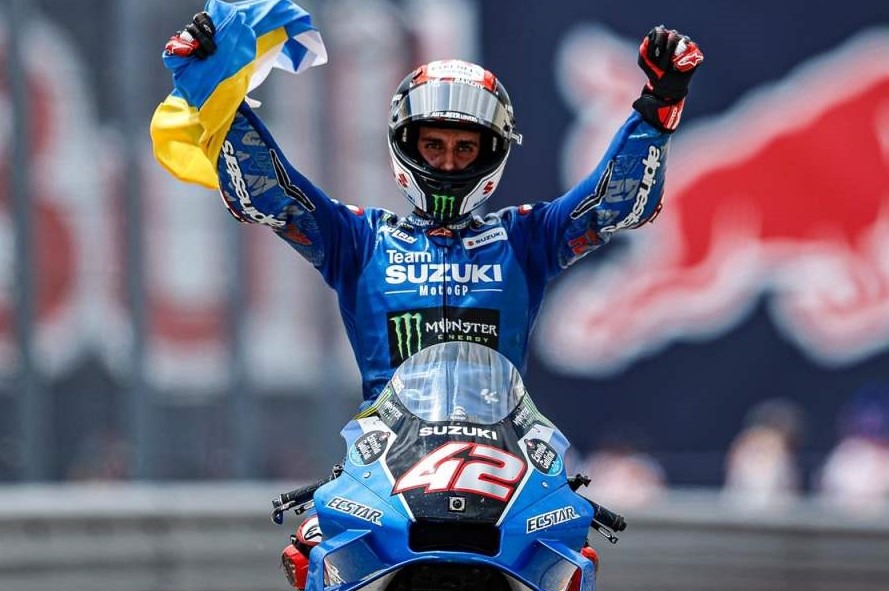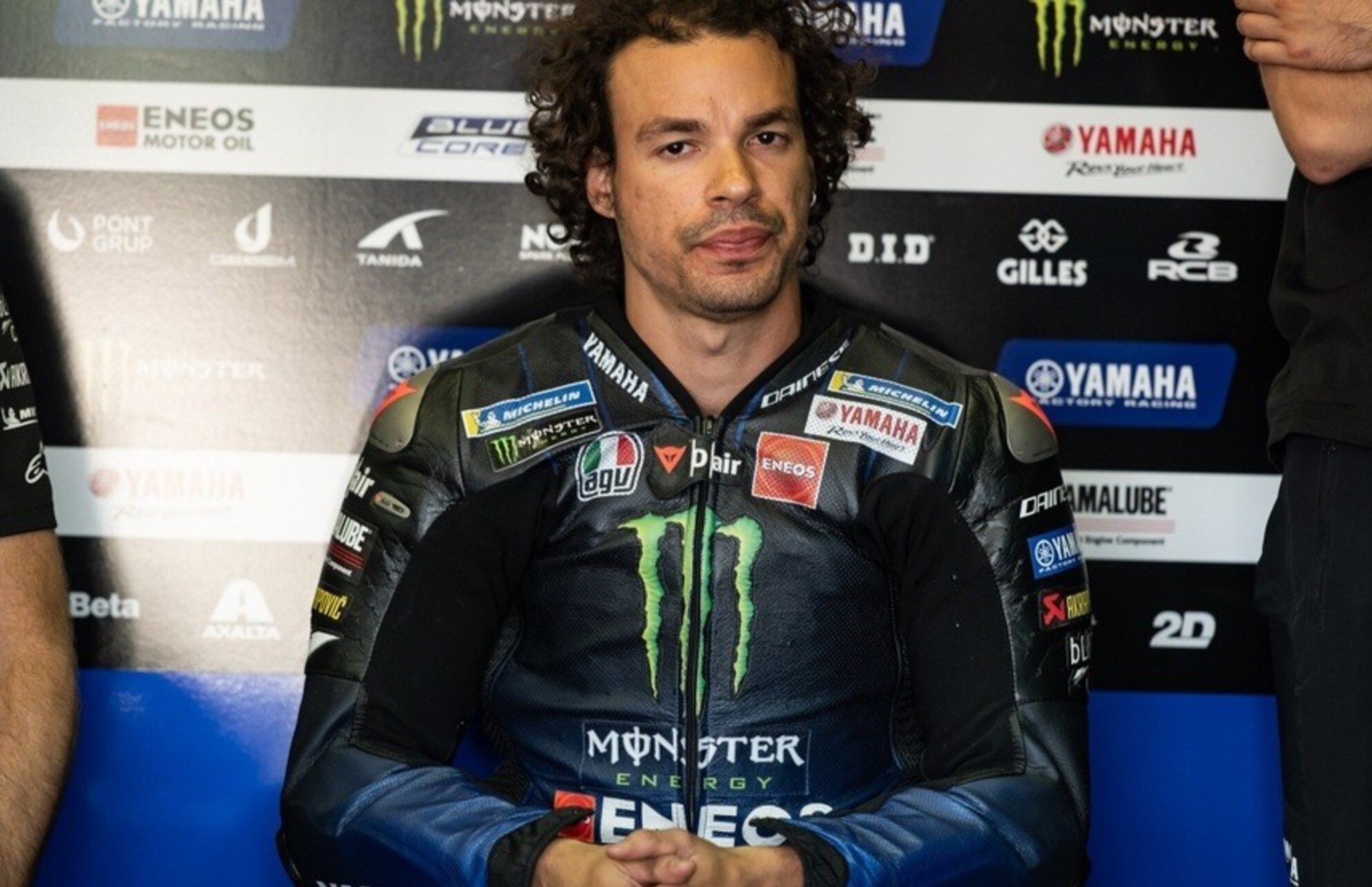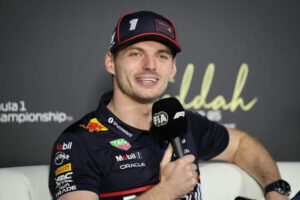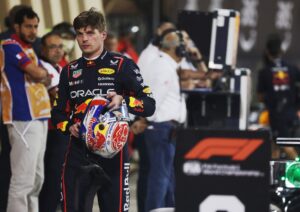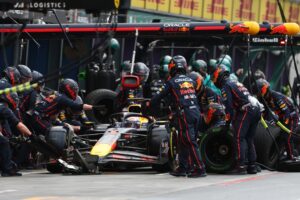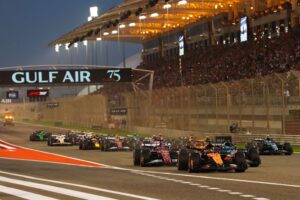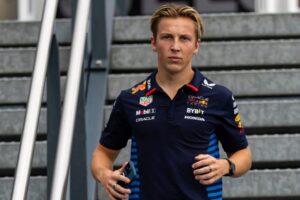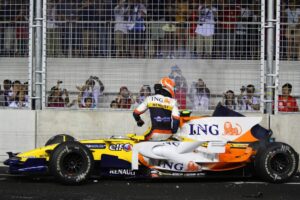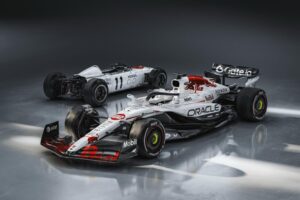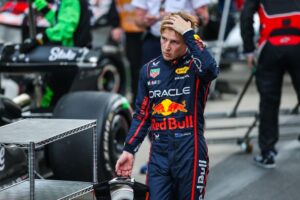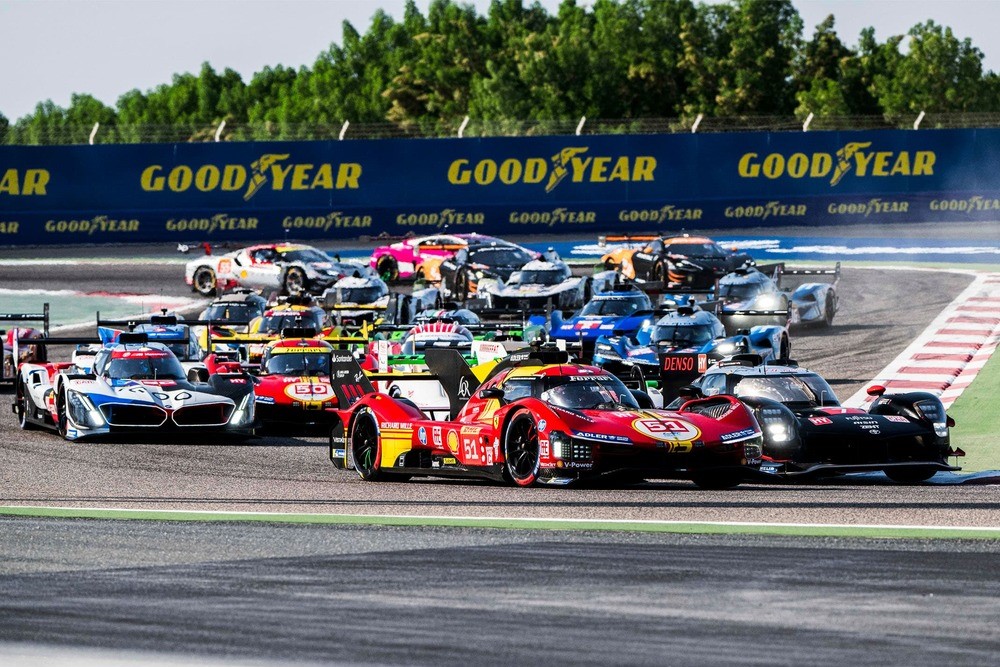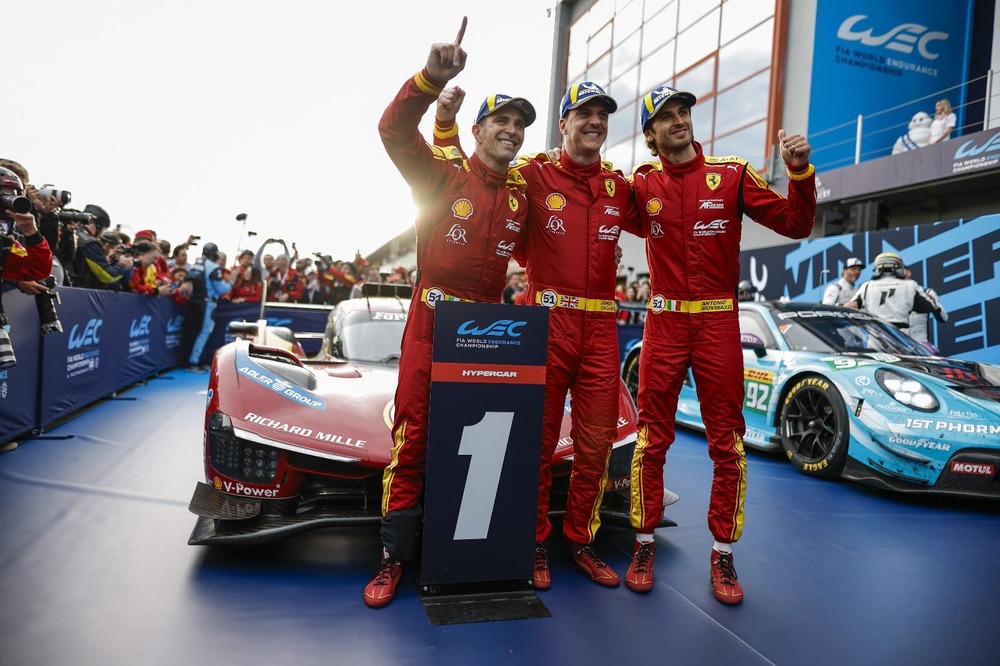There has been a lot of effort done at Brackley in recent weeks to address the chronic ‘porpoising’ issue plaguing the Mercedes team.
Since the start of the season, Mercedes has worked nonstop to eliminate “porpoising” and bouncing, which not only hurt their performance but also physically tormented George Russell and Sir Lewis Hamilton.
Hamilton’s struggle to exit his W13 at the end of the Azerbaijan Grand Prix was ample evidence that something needed to change, but panic was the furthest thing from anyone’s mind.
Mercedes’ team of engineers and mechanics have been working on the side since the BAR and Honda era, when conditions appeared much more dire than they do now, particularly at the conclusion of 2008.
The 2009 championship win with Jenson Button marked the close of one chapter and the beginning of an illustrious one. Button would go on to win the Constructors’ Championship with Rubens Barrichello driving for Brawn.
After Hamilton, Nico Rosberg, and Michael Schumacher spent the time to create the car, eight straight constructors’ championships would come, and it would be the karting mates who would take home seven straight drivers’ championships between them.
The German team has spent much of this season trying to replicate their prior success, and the last few rounds have been incredibly encouraging.
Hamilton and Russell have combined to finish on the podium in each of the previous four races, with the seven-time champion making three consecutive podium finishes for the first time this season. These results suggest that the W13 has a more open working window that is simpler to take advantage of.
This resulted from months of work to eliminate “porpoising” by improving aerodynamic efficiency, followed by bouncing when the floor and suspension could no longer support the low ride height caused by the new technical rules.
The wooden plank on the underside of the vehicles has, of course, been a source of contention as it was discovered that some teams were employing highly cunning strategies to prevent wearing away the skid block, providing their drivers with greater cushioning down the straight.
After the teams return from the summer break, this will change, and if Red Bull and Ferrari have actually been abusing the rules, they will no longer be permitted to do so starting with the Belgian Grand Prix.
The W13 performs differently depending on the smoothness of the track surface and the type of the turns, as demonstrated by its remarkable performance at Silverstone but abject failure at Monaco and Baku.
The eight-time winners appear to perform better on circuits with fast turns, so they might do quite fine at this weekend’s French Grand Prix at Paul Ricard.
The Hungarian Grand Prix, which will take place before the teams break for the summer, will be incredibly exciting, though, as the track’s surface is significantly rougher than Paul Ricard’s and there are more challenging, slower-speed corners that call for patience on the throttle and strong mechanical grip.
According to the engineers cited by Auto Motor und Sport, this update is “one you don’t see.” It will probably involve a floor modification, and if it can further stabilise the W13, it could further improve the already spotless tyre wear we witnessed in Silverstone and Austria.

